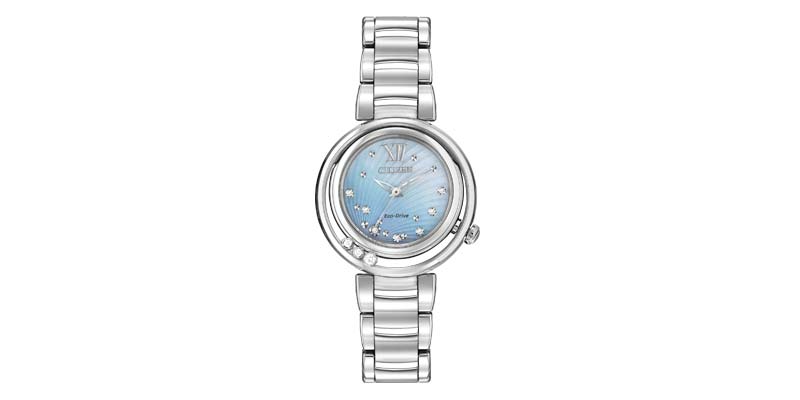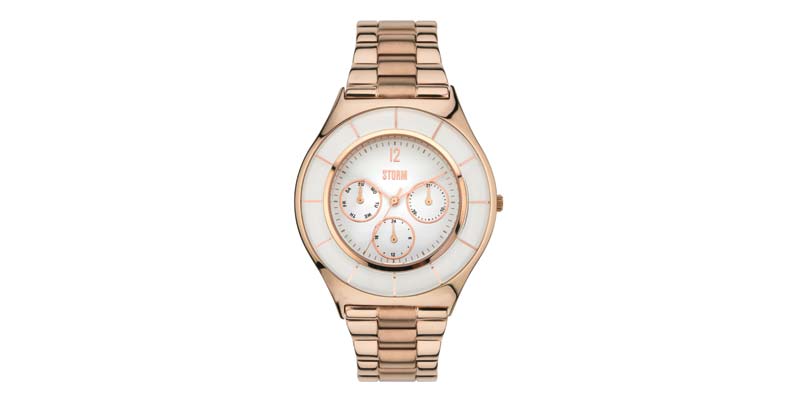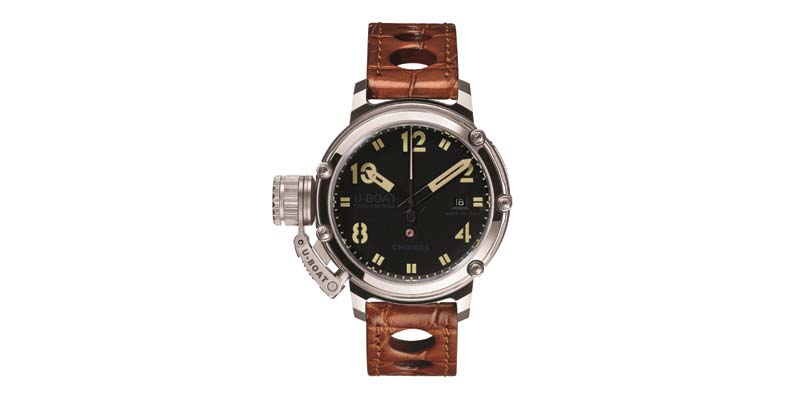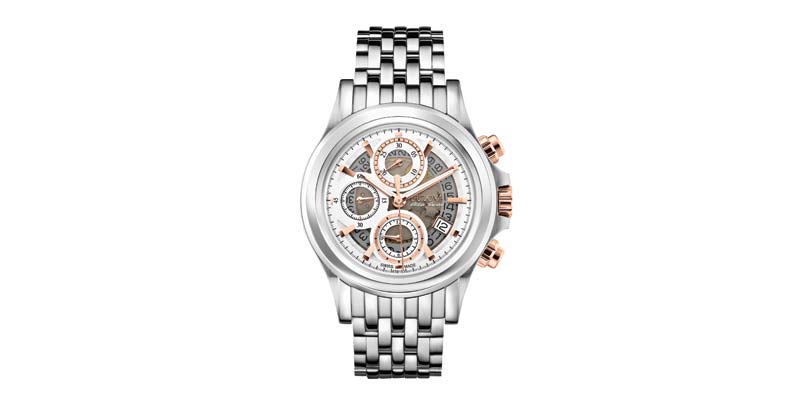BaselWorld 2014
Omega president Stephen Urquhart says it’s too early to tell what effect the vote will have on the watch industry, but he adds he’s not expecting it will have a significant impact. Another topic of conversation thought to pose no threat to the Swiss watch industry, he notes, is the smartwatch.
“People will buy smartwatches for fun—I might even buy one,” Urquhart says. “But they will never replace a beautiful mechanical watch. Smartwatches may even be good for the industry because they will put watches on people’s wrists. For me, the bigger issue is people not wanting to wear a watch at all.”
Taking an objective look at consumer preferences is one way to remain in touch with trends. Sian Williams, president of Bulova Corp., says the company’s use of market research helped it determine what styles consumers were looking for at various price points. The results indicate a preference for an affordable fashion watch with the look of a higher-end piece. “The feedback we got really helped to tell us who we should be targeting, i.e. the younger consumer who is buying three to four fashion watches a year,” she adds.
Chris Iliopoulos, owner of Canadian distribution company, Sothil, says that while some companies are designing watches to keep price points down, others are incorporating more expensive features to appeal to an elite demographic.
“High-end retailers will adapt very quickly [to the price increase], while mid-range retailers need to adapt by having other brands to support a particular price range,” he says. “Surrounding a collection with limited-edition pieces can also help.”
Providing an assortment of product is especially important in a market like Canada, which has diverse tastes from province to province, says Rick Oquet, president of Axessimo International, which recently picked up the Davidoff line.
“In the United States, it’s all about depth,” he says. “They usually have a couple of styles and they have a lot of depth. In Canada, you have to have more styles. Some will fit in Ontario, some fit in Quebec, etc. But ultimately, the watches have to have an identifiable look, though with a different style.”
Swatch Group’s fight to scale back supplying movements and parts to the Swiss watch industry has been a topic of conversation at Baselworld over the last few years. A ruling last summer by the Swiss Competition Commission (Comco) that it cannot cut its supply of movements as much as previously thought came as a welcome relief to the industry. However, the move to ensure watch manufacturers are able to meet their own demands continues to gain steam.














